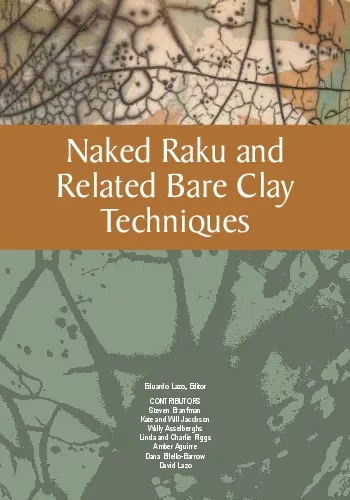PDF-Related Bare ClayTechniquesCONTRIBUTORSKate and Will JacobsonWally Ass
Author : elyana | Published Date : 2021-08-08
Table of Contentsby Steven Branfman In Pursuit of Imperfectionby Eduardo Lazo Backgroundby Eduardo Lazoby Eduardo LazoTypes Firing Techniquesby Eduardo Lazo Jacobson146s
Presentation Embed Code
Download Presentation
Download Presentation The PPT/PDF document "Related Bare ClayTechniquesCONTRIBUTORSK..." is the property of its rightful owner. Permission is granted to download and print the materials on this website for personal, non-commercial use only, and to display it on your personal computer provided you do not modify the materials and that you retain all copyright notices contained in the materials. By downloading content from our website, you accept the terms of this agreement.
Related Bare ClayTechniquesCONTRIBUTORSKate and Will JacobsonWally Ass: Transcript
Download Rules Of Document
"Related Bare ClayTechniquesCONTRIBUTORSKate and Will JacobsonWally Ass"The content belongs to its owner. You may download and print it for personal use, without modification, and keep all copyright notices. By downloading, you agree to these terms.
Related Documents














